The small city of Rockland, Maine, has a big harbor with a strong working tradition. Although the unmistakable aroma of the fish-processing plant at the harbor’s north end is long gone, Rockland is still home to a handful of gritty commercial fish piers, some lobsterboats, herring trawlers, a few working boatyards, a Coast Guard station, a seaweed processing plant, the Maine State Ferry Service terminal, some day-charter boats, and a fleet of traditionally rigged windjammers. A harbor that can embrace all that activity is also big enough to be plagued by a significant chop that can build up inside the breakwater. Predictably and practically, the working boats there run to the large size.An exception to that rule is the new black work skiff that’s attending the fleet at the Apprenticeshop, a Rockland-based school for traditional boatbuilding and home to the Rockland Community Sailing program. Designed by accomplished local yacht designer Mark Fitzgerald and built by apprentices in the shop, the 17' skiff is one of the better small yard boats I’ve operated. To start with, it feels like a workboat: heavy, stable, and predictable. While these aren’t characteristics I necessarily look for in a light recreational runabout of similar size, they are welcome in a workboat that I would normally think of as a bit undersized, especially to operate in the chop of Rockland Harbor.With a 5' 6" beam, the boat appears narrow, and I feared that she’d be tender. But her mild deadrise of just 12 degrees at the transom means there’s a lot of buoyancy down in the chine, blessing her with admirable initial stability, even with my 200 lbs climbing over the narrow side deck. The boat has a designed displacement of 1,600 lbs.
Join The Conversation
We welcome your comments about this article. To include a photo with your remarks, click Choose File below the Comment box.

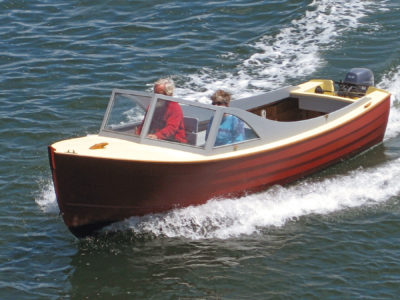
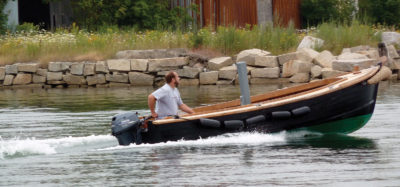

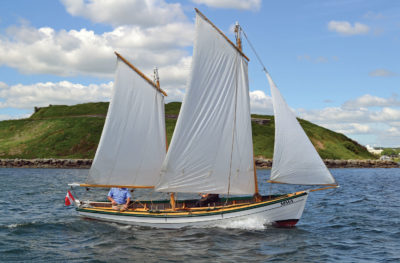
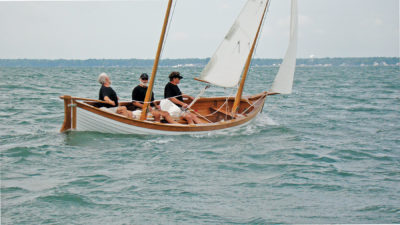


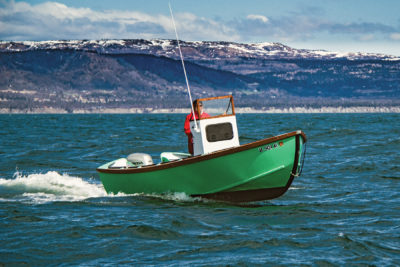

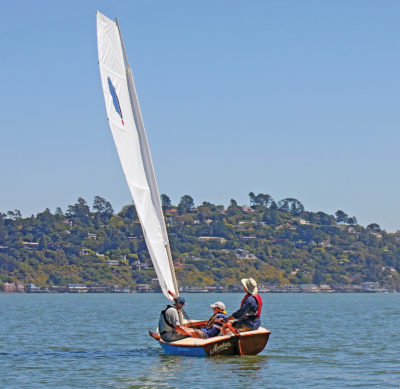
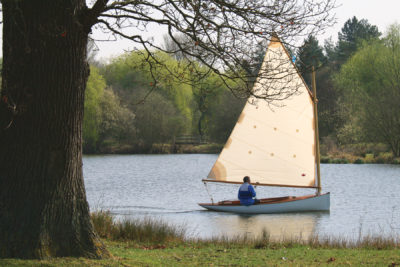
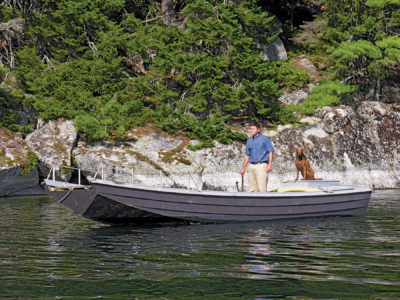


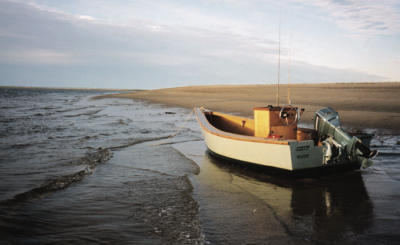

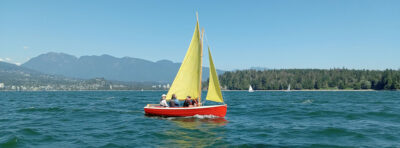

Are plans available for purchase?
The Apprenticeshop was the source of the plans when the article published.There are no plans listed on their website.